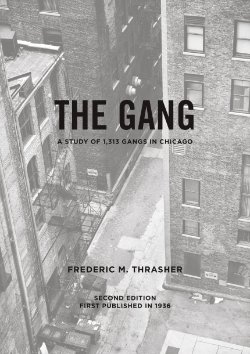By John Pitts
This report, compiled between September 2006 and March 2007, brings together data from two surveys, 54 interviews with ‘key informants’: professionals, local residents and young people involved with, or affected by, youth gangs. Key informants are marked like this (KI.01) in the text to indicate the source of the information. However, the report also draws on the many insights I have gained from informal conversations at Waltham Forest YOT over the period. The interview and survey data is augmented by a literature review. Some of the material presented here is straightforward reportage, but some of it is more speculative, based on inferences or hunches drawn from what respondents have said or what I have read. So when, in the text, I write ‘it appears’ or ‘it is said’, I am drawing on hearsay and hunches or making an inference that seems plausible to me but is not necessarily a castiron fact. As such, these kinds of assertions or conclusions should be read with caution. In the interests of anonymity this report does not name the key informants; yet without them this study would have been impossible.
Cullompton UK: Willan Publishing, 2008. 178p.












